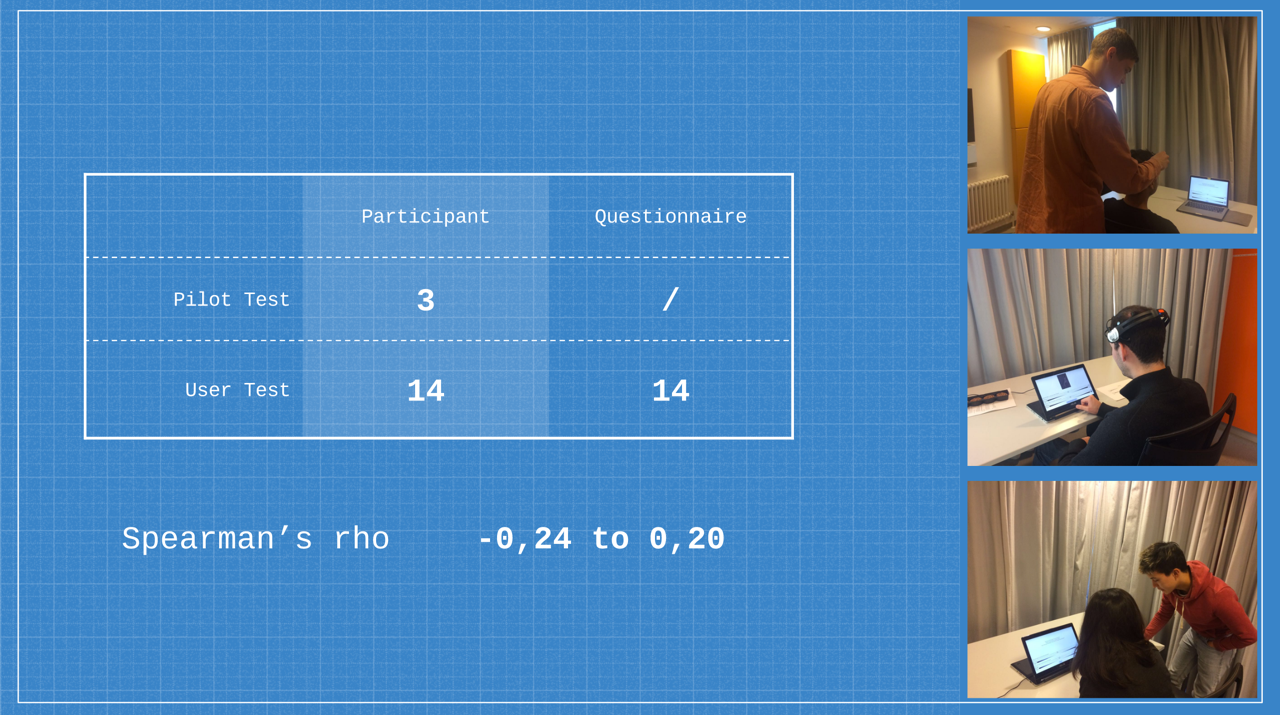Timeline
Nov.2016 - Feb.2017

Timeline
Nov.2016 - Feb.2017
Location
Berlin, Germany
My Role
Idea generation
User test
Video production
Data Analysis
Deliverables
Intro-VideoEmotiv Quality Validation, which is named fully Emotiv Epoc+ live metrics quality validation. In this analysis design study, we test the quality of the live performance metrics data provided by the Emotiv Epoc+ EEG system. We compare the data from the Affective Slider and Emotiv headset to find out if they correlate.
Research of Brain-Computer Interfaces have traditionally been done in lab environment due to the expensive and inconvenient equipment needed. Low cost alternatives to the laboratory level equipment have come to the market that enable the use of EEG in out-of-the-lab applications. [1] Emotiv Epoc+ is one of these low cost EEG sensors that are easy to use and provide EEG data analysis out of the box. This real time analysis of the EEG signal allows detection of for example valence and engagement. Due to the easy tracking of the user’s emotion the out of the box emotion tracking provides great opportunities for application developers and studies.
The quality of the raw data provided by the Emotiv Epoc+ has been studied in several studies [1] [2] [3]. However, the quality of the real time analysis provided by the Emotiv Xavier SDK has not been validated yet. As the convenient sensor provides a lot of opportunities for applications, it would be beneficial to know how well the real time analysis corresponds to what the user is feeling. Therefore it would be beneficial to study the quality of the real time emotion tracking provided by the Emotiv Xavier SDK.
Stytsenko K, Evaldas J and Cosima P (2011) "Evaluation of consumer EEG device Emotiv EPOC" MEi: CogSci Conference 2011, Ljubljana. 2011
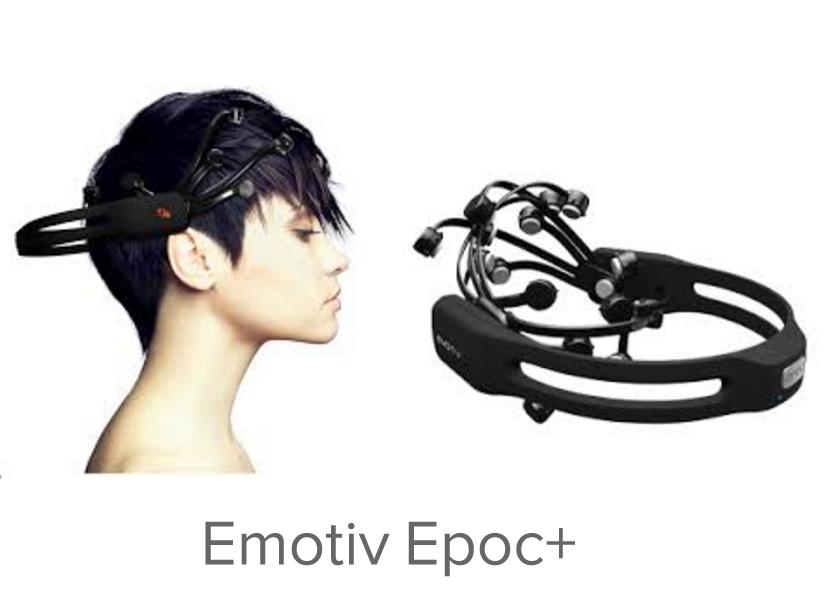
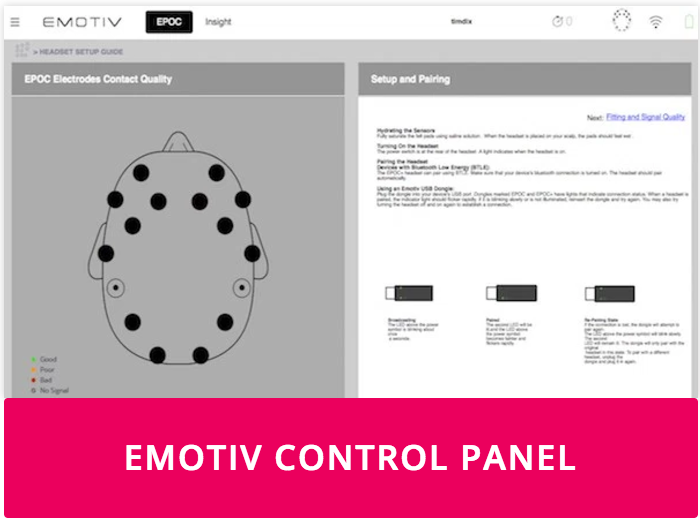
Betella A, Verschure PFMJ (2016) “The Affective Slider: A Digital Self-Assessment Scale for the Measurement of Human Emotions”. PLoS ONE 11(2): e0148037. doi:10.1371/journal.pone.0148037
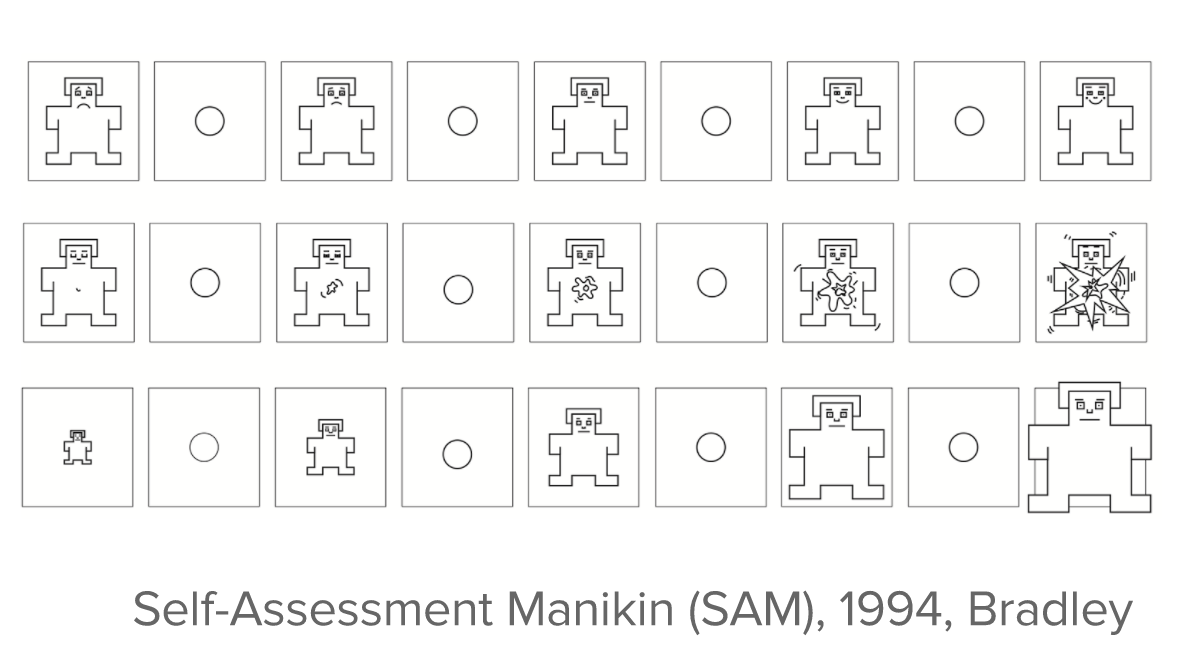
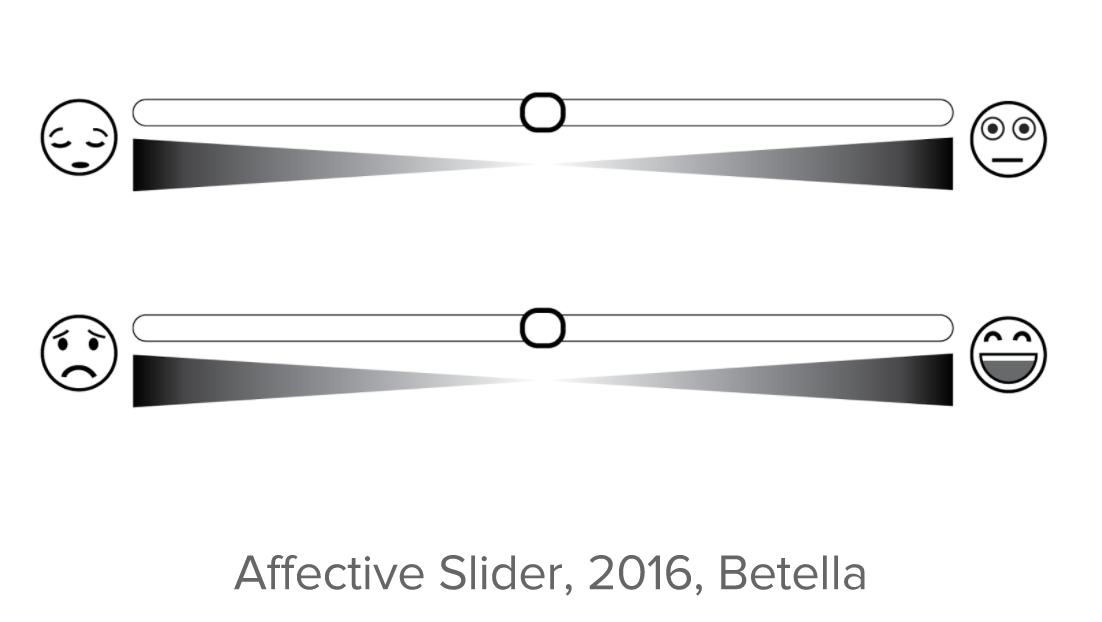
Based on the reserach we did, we defined our hypothesis as below: The VALENCE and EXCITEMENT levels captured by Emotiv headset correlate with the PLEASURE and AROUSAL level evaluated with the Affective slider.
The solution in our case is quite clear for now. On the one hand, we implemented our own testing prototype, test 20-30 pictures per user, get their Pleasure and Arousal level by scaling affective slider. On the other hand, we record the real-time brain activity of users in Valence and Excitement by Emotiv Control Panel. After recording these data from Emotiv SDK and our testing prototype, we do the comparison by using satistic tools, to valide if our hypothesis is correct or not.
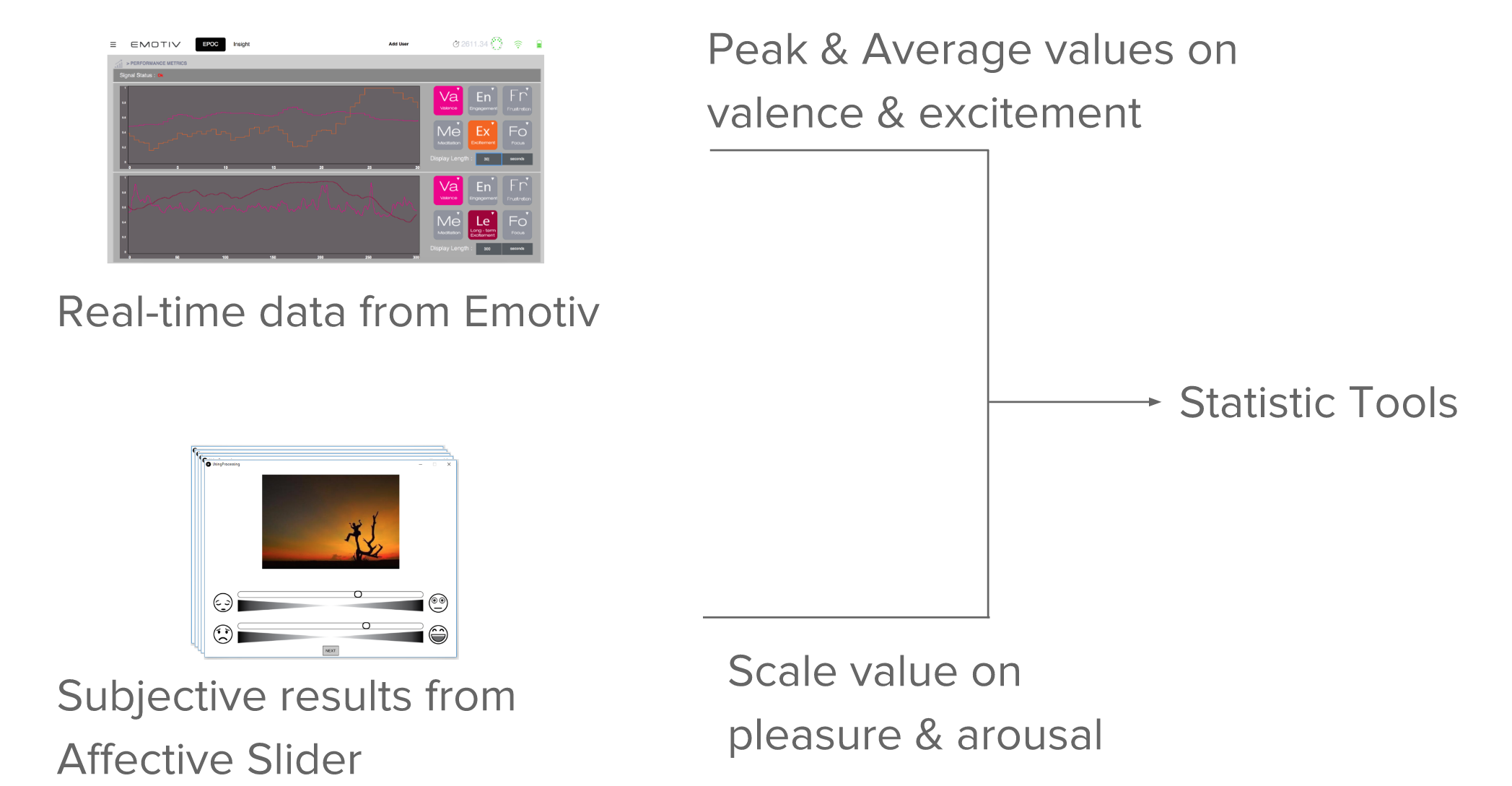
In total, we did 3 pilot tests, user test with 5 female and 9 male.
There is no correlation between questionnaire and data, since the spearman's rho equals -0.24 to 0.20. However, we could get some hints from that. For example, when the user saw a picture, he laughed but scaled slider to saddest, so in this case we got the minus spearman. Also, some extreme users who is really emotional scaled large.
